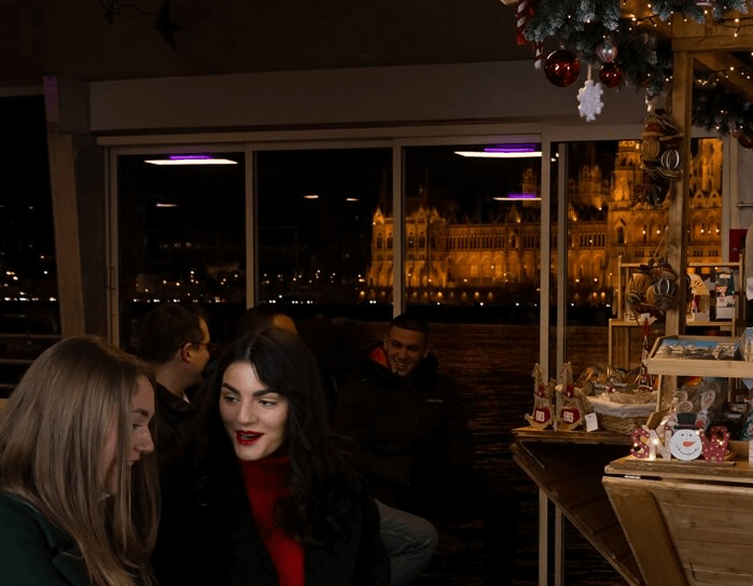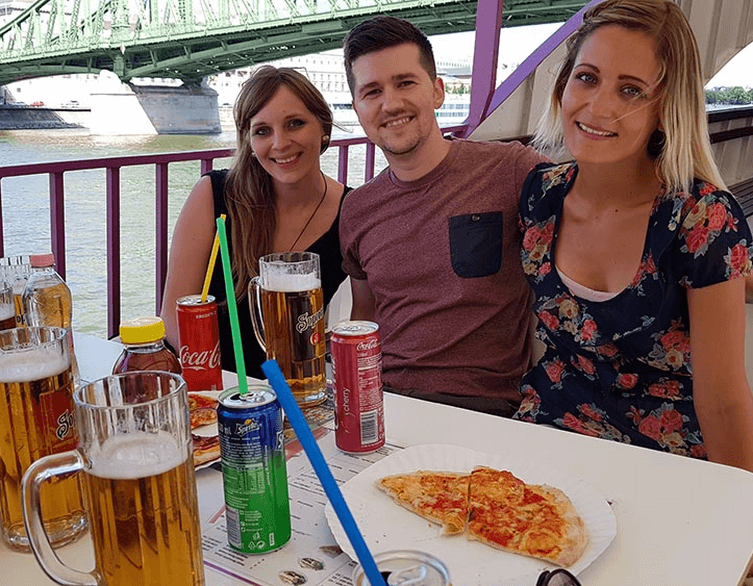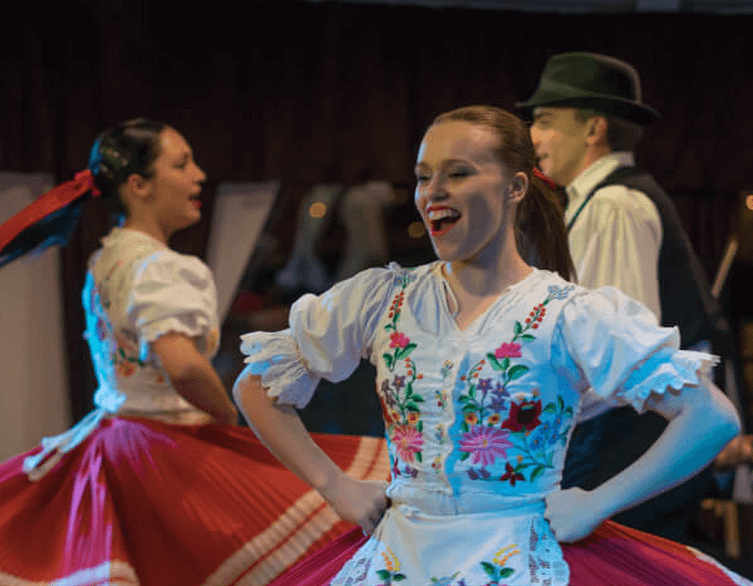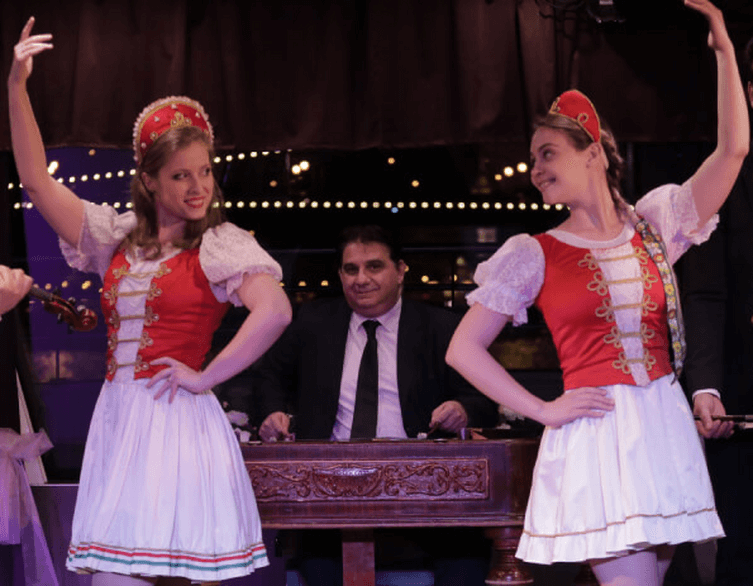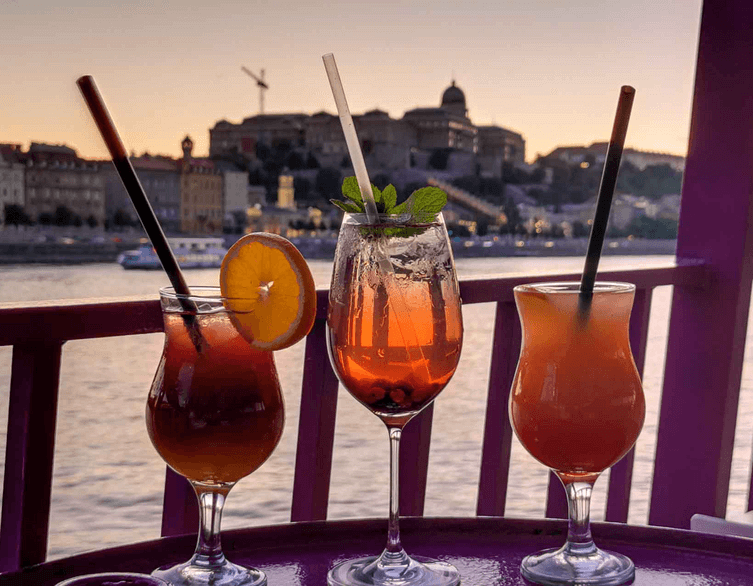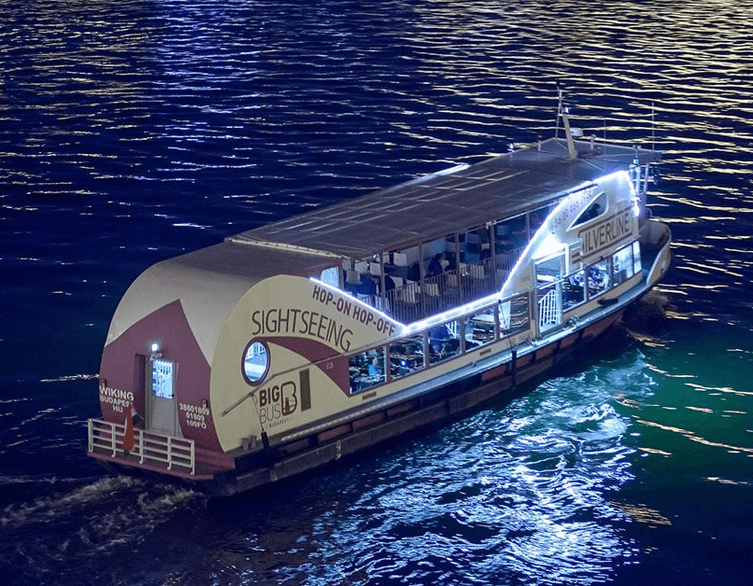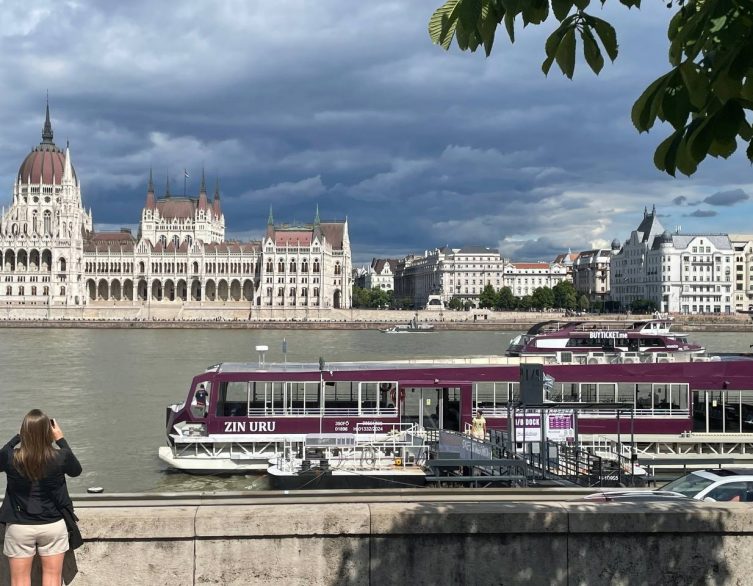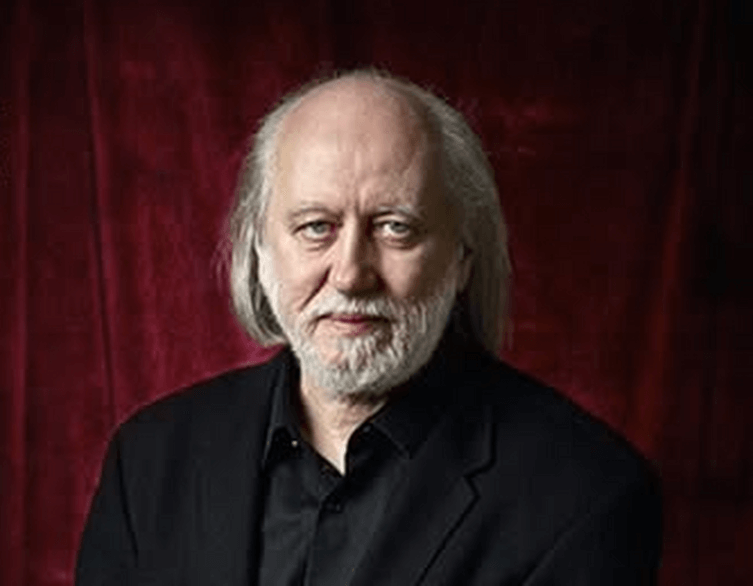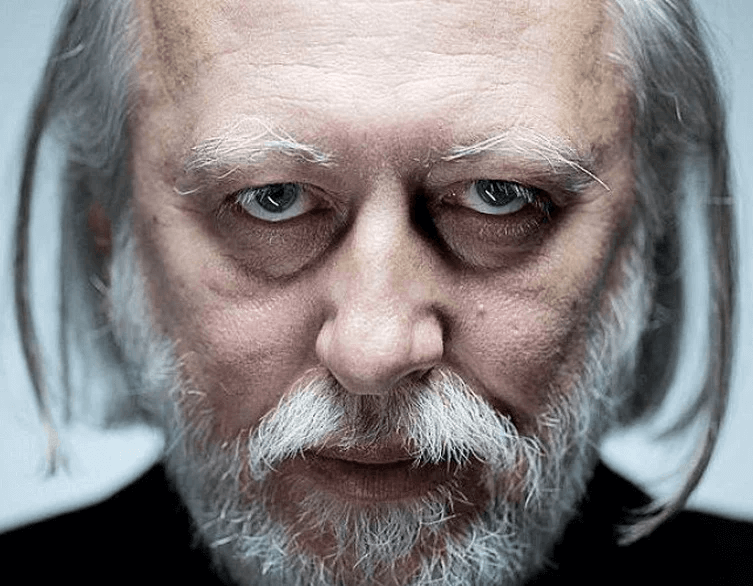Celebrating László Krasznahorkai’s Nobel Prize: Budapest’s Literary and Cinematic Tributes
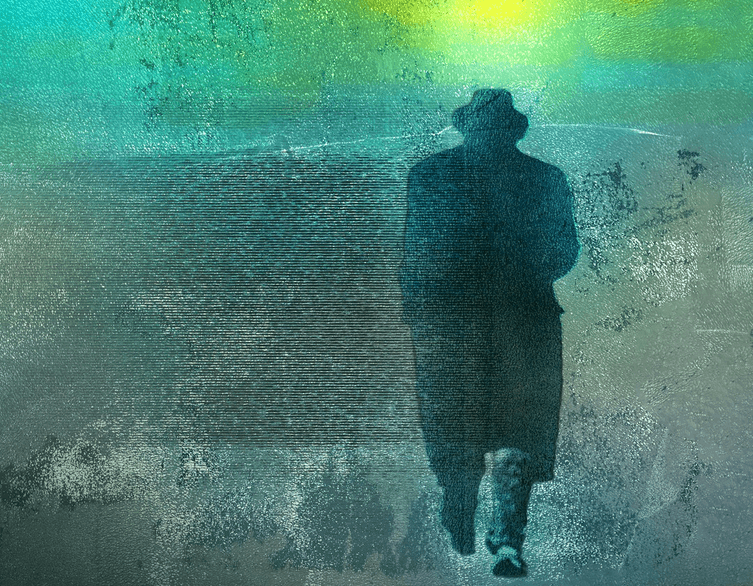
Budapest is alive with celebrations honoring László Krasznahorkai, Hungary’s newest Nobel Prize in Literature laureate. The 71-year-old writer from Gyula received the prestigious 2025 award for his “compelling and visionary oeuvre that, in the midst of apocalyptic terror, reaffirms the power of art.” This recognition has sparked a wave of cultural events across the city, offering visitors a unique opportunity to experience the dark, philosophical world of one of Europe’s most challenging contemporary writers through film screenings, exhibitions, and special programs.
The Historic Achievement
Krasznahorkai becomes only the second Hungarian to receive the Nobel Prize in Literature, following Imre Kertész in 2002. The Swedish Academy praised him as “a great epic writer in the Central European tradition that extends through Kafka to Thomas Bernhard,” noting his work is characterized by absurdism and grotesque exaggeration while also revealing Eastern influences that bring a contemplative, finely tuned tone to his apocalyptic visions.
Born in 1954 in Gyula, near the Romanian border, Krasznahorkai burst onto Hungary’s literary scene in 1985 with his debut novel Sátántangó, which immediately became a sensation. The book has since been translated into dozens of languages and adapted into one of cinema’s most remarkable films. His dense, philosophical prose explores chaos, isolation, and the search for meaning in an unstable world through long, winding sentences that can stretch across entire pages.
Film Marathons Celebrating Krasznahorkai and Béla Tarr
Budapest’s cinema community has responded enthusiastically to the Nobel announcement with special screenings of films based on Krasznahorkai’s work. The decades-spanning collaboration between the writer and legendary director Béla Tarr represents one of Hungarian cinema’s most extraordinary chapters, and now visitors can experience these masterpieces on the big screen.
Kino Cinema is screening Werckmeister Harmóniák (Werckmeister Harmonies) on October 20, 22, and 23, while the iconic Cirkó-Gejzír Cinema will show the monumental Sátántangó on October 24. These aren’t films you simply watch—they’re immersive experiences that demand patience and reward concentration with unforgettable cinematic poetry.
Best deals of Budapest
For those seeking a comprehensive experience, Bem Cinema presents The Great Krasznahorkai-TarrATON on Saturday, November 1, from three in the afternoon until nine-thirty in the evening. This special marathon features three films for a single ticket price of 4,500 forints. The program begins at three o’clock with A Báró Hazatér (The Baron Returns), a fifty-two-minute documentary by Ádám Breier that serves as both portrait and poetic documentary about this constantly evolving creator who opened new horizons in literature with his long sentences.
After a thirty-minute intermission, the marathon continues at four-thirty with Kárhozat (Damnation), Tarr’s 1988 black-and-white masterpiece. This haunting film follows Karrer, a man who knows exactly what to expect from his own life yet still embarks on another doomed story. The film explores the final human necessity—the biological longing for human warmth in fatal solitude.
Following another break, the marathon concludes at seven o’clock with Werckmeister Harmóniák, the 145-minute 2000 film shot in black and white. Set in a small Hungarian plains town gripped by unusual cold, the story follows mysterious events surrounding a circus tent displaying a stuffed whale. The whale’s arrival, accompanied by the enigmatic figure known only as the Prince, triggers apocalyptic violence that spares neither scientific detachment nor youthful enthusiasm nor bourgeois comfort.
Extended Exhibition in Szentendre
Due to overwhelming public interest following the Nobel announcement, the Ferenczy Museum Center has extended its Krasznahorkai exhibition Minduntalan (Continuously) until January 4, 2026. Originally scheduled to close sooner, the show at the MűvészetMalom (Art Mill) in the charming Danube Bend town of Szentendre offers visitors an immersive journey into the writer’s prose world.
Curated by literary historian Zsófia Júlia Szilágyi, the exhibition doesn’t follow a chronological structure. Instead, it uses spectacular creative installations to approach Krasznahorkai’s unmistakably unique prose world. The display maps the fundamental emphases of his writing in an installative manner, conveying the labyrinthine quality of his sprawling sentences and message while bringing the novelist’s figure closer through photographs, documents, and manuscripts.
The exhibition explores Krasznahorkai’s prose through repeating motifs, character variations, and an intertwined system of references that create an unmistakable universe. His metaphysically expansive, musically paced prose holds a distinguished place in contemporary Hungarian literature with unbroken international presence as well. His novels show the world’s intellectual decline, human existential loneliness, and the futility of searching for meaning through apocalyptic visions and grotesque tableaux.
One spectacular element is the massive whale set from the Hungarian State Opera House, created for the first opera written in Hungarian by Péter Eötvös, a musical adaptation of Krasznahorkai’s novel Az ellenállás melankóliája (The Melancholy of Resistance). Interviews with his translators demonstrate his international popularity, while Tarr’s films appear as extensions of the Krasznahorkai world. The exhibition also explores his less-known connections to Szentendre’s art scene.
The exhibition space itself embodies Krasznahorkai’s literary style. Access to objects and content is deliberately hindered and made difficult, with built-in detours and obscured views that evoke the momentum of his long, serpentine sentences, the aesthetic detours arising from magnified details, and the unsettling absence of periods.
The MűvészetMalom opens Thursday through Sunday from ten in the morning until six in the evening. On October 19, the venue hosts a special slam poetry program at four o’clock featuring Nóra Judit Kovács, Vivien Perei, István Pion, Richárd Sárközi, and Zoltán Tolvaj, creating a dialogue between Krasznahorkai’s complex prose and contemporary spoken word performance.
Understanding Krasznahorkai’s Vision
For visitors unfamiliar with Krasznahorkai’s work, these events provide accessible entry points into his challenging but rewarding literary universe. The Swedish Academy noted that his novels confront the spiritual decline of the world, human existential solitude, and the vanity of seeking reason through apocalyptic visions and grotesque tableaux, while his essayistic writings explore the boundaries of beauty, transcendence, and human endeavor with philosophical curiosity.
His style—marked by extraordinarily long sentences that can stretch across pages—creates a hypnotic, almost musical reading experience. These aren’t sentences in the conventional sense but rather sustained meditations that build momentum as they wind through observations, descriptions, and philosophical reflections. Reading Krasznahorkai requires patience and concentration, but rewards attentive readers with profound insights into human nature and the contemporary world.
The late essayist Susan Sontag called him the “contemporary master of the apocalypse,” and his novels frequently depict isolated Central European villages where inhabitants search for meaning in a godless universe. Despite often sparse settings, his prose itself is dense as granite, creating a paradox between minimalist environments and maximal verbal richness.
Practical Information for Visitors
Film screenings with English subtitles make these events accessible to international visitors. Tickets for the Bem Cinema marathon are available at the cinema on weekdays from three until nine in the evening and weekends from two until nine, or online through Cooltix. Seating is first-come, first-served, with doors opening approximately five minutes before screenings.
Szentendre is easily reached from Budapest by HÉV suburban railway from Batthyány tér, offering a pleasant forty-minute journey along the Danube. The charming town itself merits exploration, with its cobblestone streets, art galleries, museums, and riverside cafes. Combining the Krasznahorkai exhibition with a day trip to Szentendre provides both cultural enrichment and scenic beauty.
These celebrations honor not just one writer’s achievement but Hungary’s literary tradition and its continued vitality in world literature. For visitors to Budapest during this special moment, participating in these events offers insight into Hungarian cultural life and the opportunity to discover a visionary writer whose apocalyptic yet life-affirming work continues challenging and inspiring readers worldwide.
Related news



